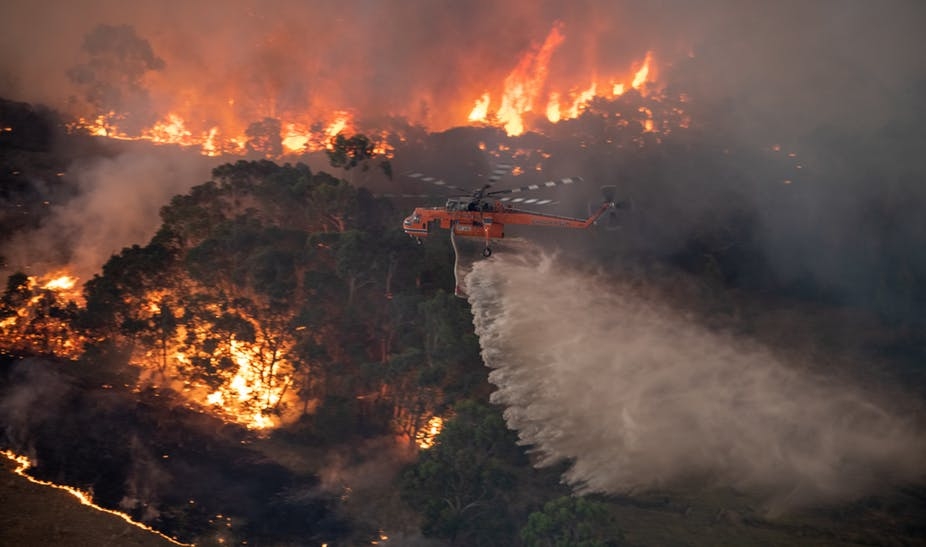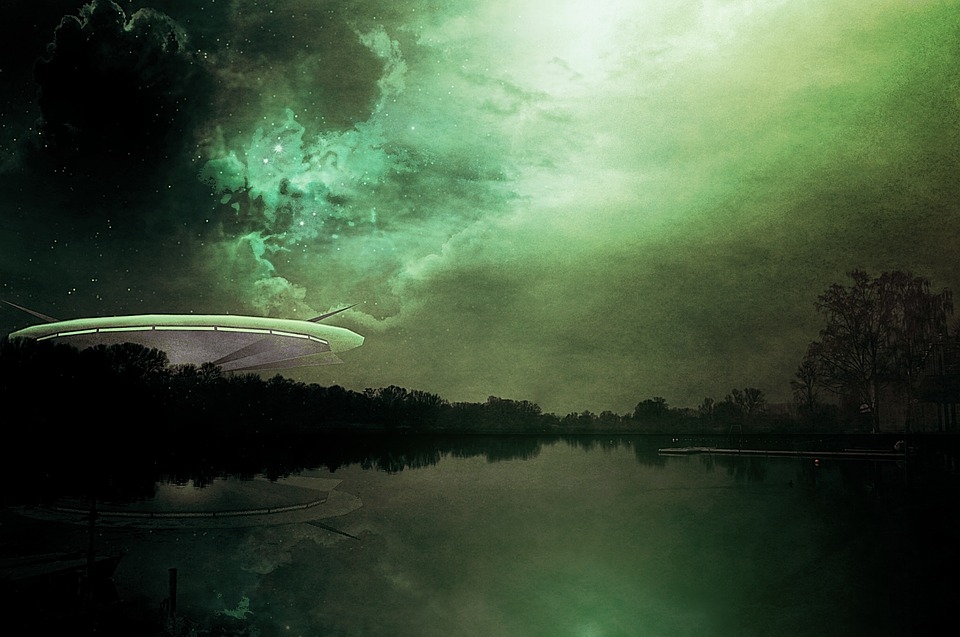Issued on: 18/01/2020

Lebanese demonstrators block the main bridge linking the
western and eastern sides of the capital Beirut, to protest
against a political elite accused of corruption and incompetence,
on Janury 17, 2020. © Patrick Baz, AFP
Text by:FRANCE 24
Protesters blocked several main roads across Lebanon on Friday as unprecedented demonstrations against a political elite accused of corruption and incompetence entered their fourth month.
The protest movement rocking Lebanon since October 17 has resurged this week, over delays in forming a new cabinet to address the country's growing economic crisis.
No progress seemed to have been made on a final lineup, which protesters demand be made up solely of independent experts and exclude traditional political parties.
In central Beirut, dozens of protesters Friday stood between parked cars blocking a key thoroughfare linking the city's east and west.
"We blocked the road with cars because it's something they can't move," Marwan Karam said.
The protester condemned what he regarded as efforts to form yet another government in which power is divided among the traditional parties.
"We don't want a government of masked political figures," the 30-year-old told AFP. "Any such government will fall. We won't give it any chance in the street."
But fixing the country's spiralling economic crisis is now protesters' most pressing need, explained FRANCE 24's Leila Molana-Allen, reporting from Beirut.
Can't pay for their daily necessities
"People are losing their jobs, they’re losing the hours they work, the currency is also in a sharp downward tilt. Prices have gone up. We’ve seen thirty-five to forty percent inflation in just the last three months. The average price of a shopping basket has gone up that much," said Molana-Allen.
"People can’t pay for their daily necessities. Their rent, their heating, their food. And so although the protesters do want a wholesale change in the government, what they want right now is the election of a new government, they want a cabinet of specialists who can come in and fix this economic crisis. That’s now the urgent need," Molana-Allen added.
Forming a new cabinet is often a drawn-out process in Lebanon, where a complex system seeks to maintain balance between the various political parties and a multitude of religious confessions.
Carlos Yammine, 32, said he did not want yet another "cake-sharing government".
"What we have asked for from the start of the movement is a reduced, transitional, emergency government of independents," he said, leaning against his car.
Demonstrators also blocked roads in second city Tripoli Friday morning, although they were cleared later in the day, local media reported. Protests also took place in the southern port city of Tyre later in the day.
'Unacceptable' violence
On Friday evening, hundreds of protesters gathered near the parliament and outside the central bank, the target of renewed anger amid the worst economic crisis that Lebanon has experienced since its 1975-1990 civil war.
Protests this week saw angry demonstrators attack banks following the imposition of sharp curbs on cash withdrawals to stem a liquidity crisis.
On Thursday night, protesters vandalised three more banks in the capital's Hamra district, smashing windows and defacing ATMs, an AFP photographer said.
Earlier, Lebanon's security services released most of the 100-plus protesters detained over the previous 48 hours, lawyers said.
Human Rights Watch on Friday condemned the arrests and the response of security forces to protests outside a police station on Wednesday night demanding detainees be released.
"The unacceptable level of violence against overwhelmingly peaceful protesters on January 15 calls for a swift independent and transparent investigation," said Joe Stork, deputy Middle East director at the rights watchdog.
Over the past few months, the Lebanese pound -- long pegged to the US dollar at 1,507 -- has fallen in value on the unofficial market to around 2,500.
The World Bank has warned that the poverty rate in Lebanon could rise from a third to a half if the political crisis is not remedied fast.
(FRANCE 24 with AFP)
Lebanon protests: Anti-government protesters clash with police
Anti-government protesters and the security forces have clashed in central Beirut.
More than 160 people have had to be treated for injuries in the latest violence.
Clashes between police and protesters in Lebanon angered by delays in forming a government wounded more than 220 people on both sides Saturday as anti-establishment demonstrations enter a fourth month.
The sound of ambulance sirens rang out across Beirut as the Red Cross reported 80 wounded had been taken to hospital and 140 more were treated on site.
The protest movement rocking Lebanon since October 17 revived this week as a deepening economic crisis increases pressure to form a new government.
No progress appears to have been made towards finalising the cabinet, which protesters demand be comprised of independent experts and exclude all established political parties.
FINAL UPDATE: 18 ambulances, 80 EMTs and 6 dispatchers from the LRC responded to the protests in downtown Beirut. Over 80 victims have been transported to nearby hospitals and over 140 injured were treated at the scene. LRC teams are still on standby and ready to respond. pic.twitter.com/p1OG7WFqwl
— Lebanese Red Cross (@RedCrossLebanon) January 18, 2020
‘We won’t pay the price’
After several hours of clashes, the violence died down as demonstrators dispersed. Several were arrested, local media said.
The violence began after dozens of protesters - some concealing their faces in scarves - threw rocks and large plant pots at police guarding the road leading up to parliament, while chanting "We won't pay the price". Others charged police lines with traffic signs and metal barriers.
Security forces behind the barricades responded with water cannon and tear gas to disperse the crowds.
Lebanon's Interior Minister Raya el-Hassan said it was unacceptable for protesters to attack security forces. "I always asserted the right to protest, but for the protests to turn into a blatant assault on the security forces, on public and private property, is condemned and not acceptable at all," she said in a tweet.
اكتر من مرة تعهدت انو احمي التظاهرات السلمية، وكنت دايمن اكد ع أحقية التظاهر. بس انو تتحول ه التظاهرات لاعتداء سافر على عناصر #قوى_الامن والممتلكات العامة والخاصة، فهو امر مدان وغير مقبول ابدا. @LebISF
— Raya Haffar El Hassan (@rayaelhassan) January 18, 2020
The Internal Security Forces also took to the social media: "A direct and violent confrontation is taking place with anti-riot police at one of the entrances to parliament", they tweeted. "We ask peaceful protesters to keep away from the site of the rioting for their safety."
They published photos of several wounded policemen and a video showing pillars stripped of their tiles, reportedly to be thrown at security forces.
An AFP photographer saw young men uproot parking metres. He also saw around 10 people faint from tear gas inhalation.
'Popular anger is the solution'
A 23-year-old woman named Maya said she was protesting because politicians seemed to be ignoring demands for an overhaul of the old political class.
"I'm here because after more than 90 days in the streets, they're still squabbling over their shares in government... It's as if they didn't see our movement," she told AFP. "Popular anger is the solution," she said.
Forming a cabinet is an often convoluted process in Lebanon, where a complex system seeks to maintain balance between the country's many political parties and religious confessions.
But protesters say they want to scrap the old system, and demand a new government of impartial technocrats to address mounting economic woes, including a severe liquidity crisis.
This week public anger has been directed at banks, with branches in the capital's Hamra district vandalised following widely unpopular limits on withdrawals and transfers.
Dozens were detained for several nights after clashes on Tuesday and Wednesday, before being released.
Human rights groups denounced the arrests and what they described as unacceptable violence against largely peaceful protesters.
The last government stepped down under pressure from the street on October 29, but has remained in a caretaker capacity until a new cabinet is formed.
Political factions that agreed on December 19 to appoint former education minister and Professor Hassan Diab as the new premier are now disagreeing over proposed ministers.
The World Bank has warned that the poverty rate in Lebanon could rise from a third to half of the population if the political crisis is not solved quickly.
(FRANCE 24 with AFP and REUTERS)
Lebanon: Scores injured as riots break out in Beirut
At least 200 people, including protestors and police, were injured as fresh demonstrations turned violent in Beirut. Citizens are protesting political paralysis that has led to a catastrophic economic downturn
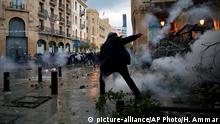
Violent protests in Lebanon flare up again
Some 200 people were wounded in Lebanon's capital of Beirut on Saturday as clashes broke out between security forces and protestors demonstrating outside the parliament building. Many in Lebanon are fed up at what has turned into months without a government, which has had a disastrous effect on the already stagnating economy.
Protestors set fire to ATMs, tried to break the windows of banks, and threw stones at police, who responded with tear gas and water cannons.
The downtown area near the parliament building was covered in thick white smoke as some demonstrators began to remove street signs, metal barriers and branches of trees and toss them at the security services.
"We will not pay the price," chanted some protestors, referencing the national debt, which now stands at $87 billion (€78 billion) or 150% of GDP. This is one of the largest debt ratios in the world.
Read more: The German Bundeswehr's missions in the Middle East
Protesters forced to Martyrs' Square
As more protestors began to gather downtown, police forced them back to the central Martyrs' Square, which has been the hub for a string of recent demonstrations.
President Michel Aoun called on police to protect peaceful protestors and work on restoring as the situation continued into the late evening.
Lebanon has been ruled by the same group of political elites since the end of its 15-year long civil war in 1990. The recent political and economic uncertainty began when Prime Minister Saad Hariri, the son of a former prime minister, announced his resignation in October. Since then, the country's leaders have been dragging their feet on forming a new government.
In recent weeks, panic has begun to set in as the value of the Lebanese pound has plummeted and the influx of foreign goods has ground to a halt in a country that relies mostly on imports for basic necessities. Banks have also imposed strict controls on foreign transfers and the withdrawal of US dollars.
es/mm (AP, AFP)
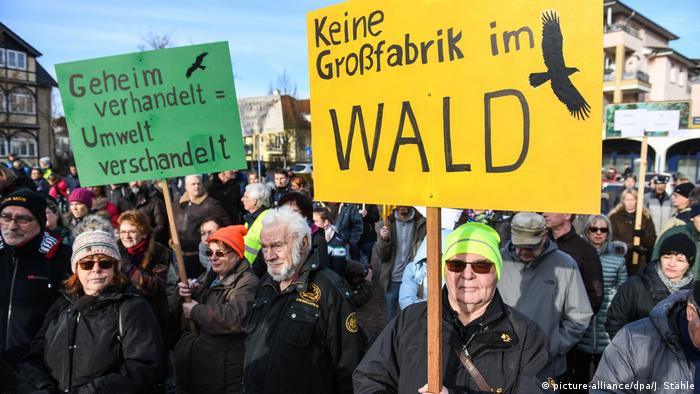
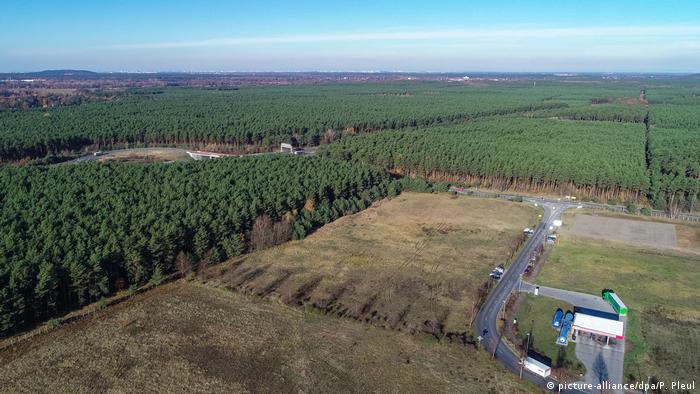
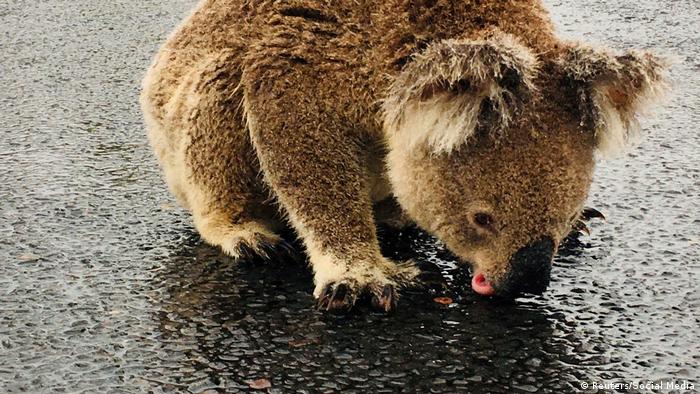

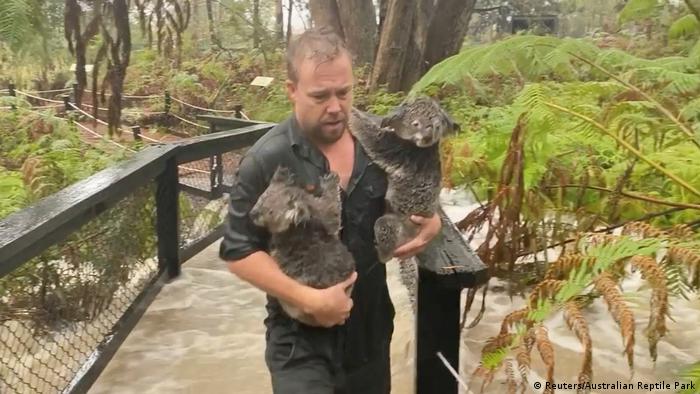
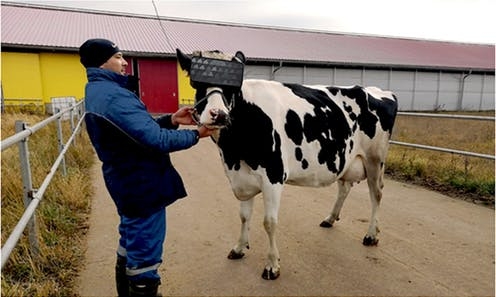


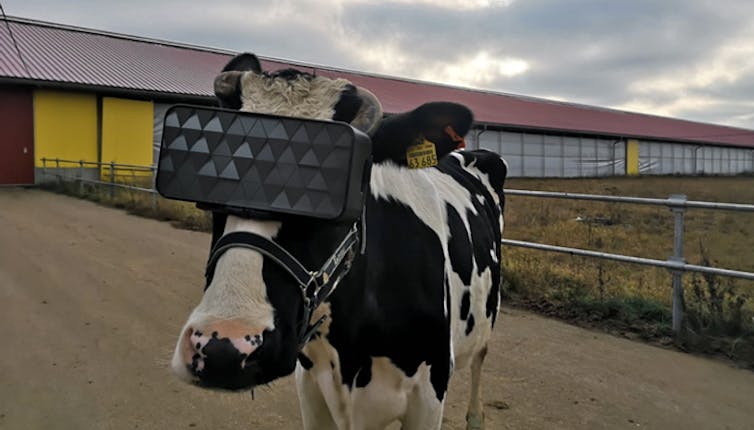

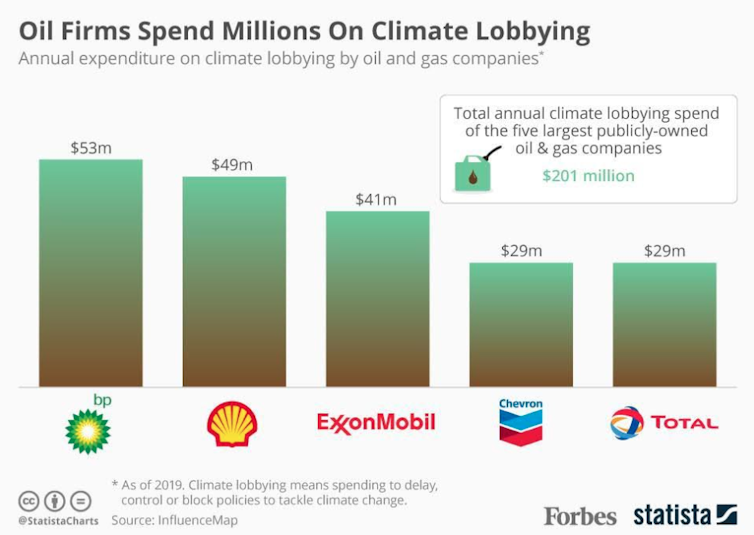
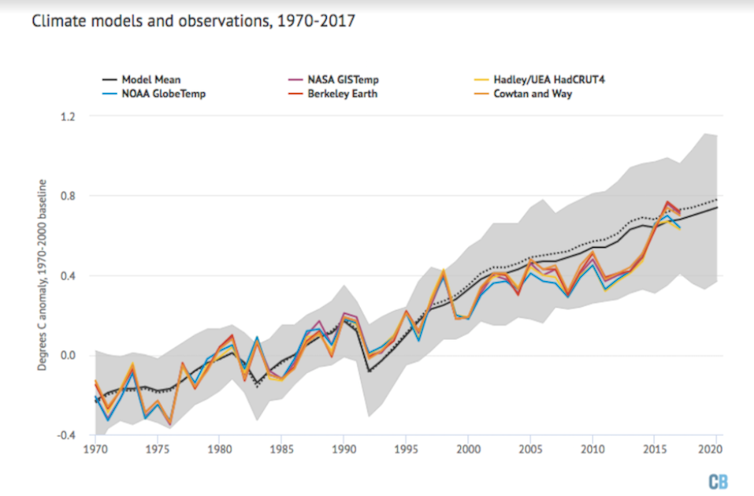
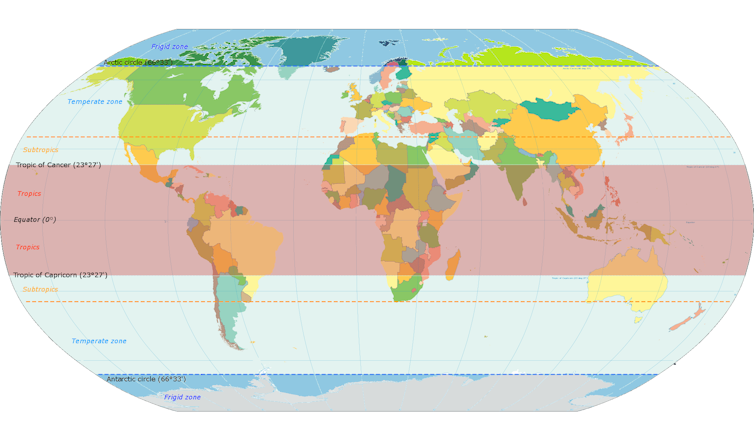
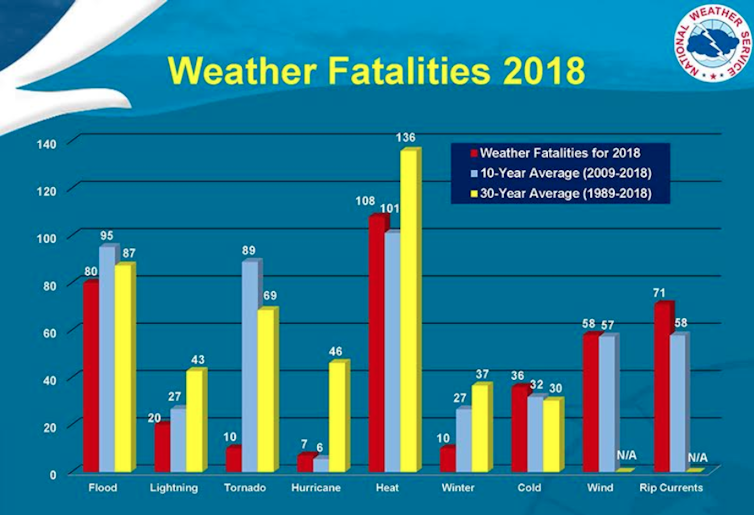
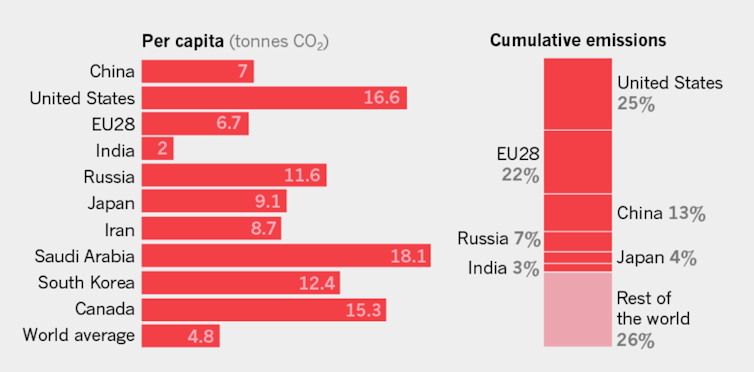

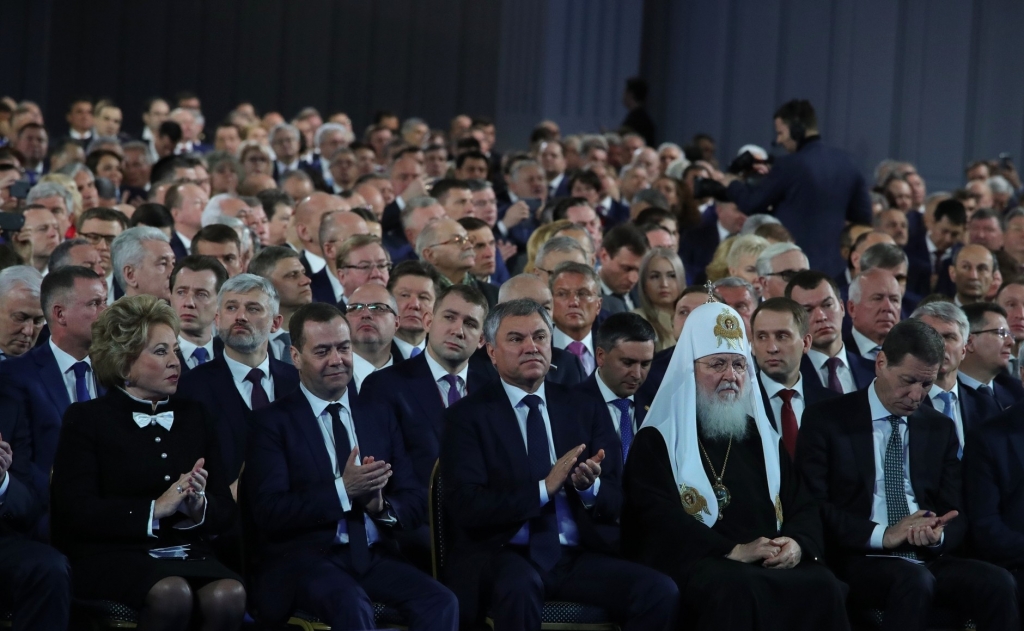
 Richard Sakwa does not work for, consult, own shares in or receive funding from any company or organization that would benefit from this article, and has disclosed no relevant affiliations beyond their academic appointment.
Richard Sakwa does not work for, consult, own shares in or receive funding from any company or organization that would benefit from this article, and has disclosed no relevant affiliations beyond their academic appointment.